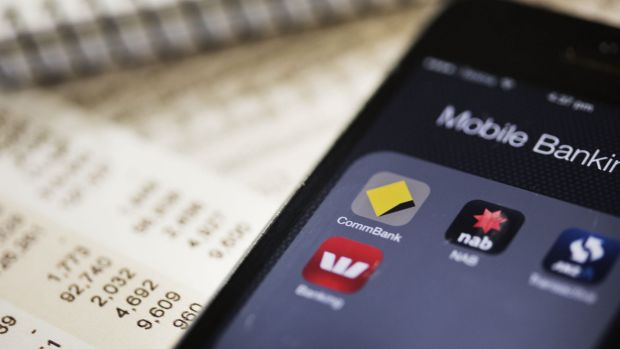
The Mobile Banking Application Development is increasing at a drastic speed owing to the convenience of its usage and also the necessity in developing countries like India and others where the country is determined to move towards the cashless economy. Though the citizens are comfortable with the usage of smartphones, the developers face the real challenge in developing the applications. The organizations demand a functional and secure app so as to ensure their customers for a trusted service and also protect the assets from the malware attacks or the wrongdoers.
The majority of the public today tend to make an attempt or wish to use mobile banking services if provided. Evidently, this evolving tendency has compelled the banks to go mobile, and that too as soon as possible in order to retain their existing customers and gain new ones too. The addressing of mobile security in a more advanced way is the task for today’s mobile app developer.
Let us analyze the parameters that need focus on security and the recommended measures for them.
Authentication: The strong recommendation lies in the multistep authentic process for user ID, password, secure SMS, and also check the users’ location with the help of GPS during the authentication process.
Authorization: The authenticated users must be facilitated with the business functionality they are entitled. The entitlements could be checked for the said rights at the backend for each request before implementation.
Data Confidentiality: The application must not store any of the sensitive data on the file system, or get leaked through an error message or the logs. The data could be cleared off by the application cache manager; use tools like Dexguard8, Arxon’s EnsureIT9 for Android and iOS platforms respectively.
Data Cleanup: The data requests, account data, user-related information, and other data structures must be wiped at the trigger of log-off. The application must force shut when a tampering is detected.
Prevent Data transfer: The clipboard data should be removed so as to prevent the data being transferred to the application outside or its unauthorized copying. The long press must be disabled for the sensitive field data.
Encrypted connection: The HTTPS protocol could be used to connect the back-end applications and thus traffic related to the network is encrypted. Moreover, the list of IP addresses and the domain names prevent cross-talking with the non-specified domains.
OS Security check: The application must not run on the jail-broken, malware infected or the rooted device. The application must be able to get closed unless and until further investigations or actions are taken favorably.
In addition to these, the banking app development companies must secure the app with an anti-debugging mechanism, blacklisting of older versions, security log, tamper checking, and etc., to provide secure apps for their bank clients.



